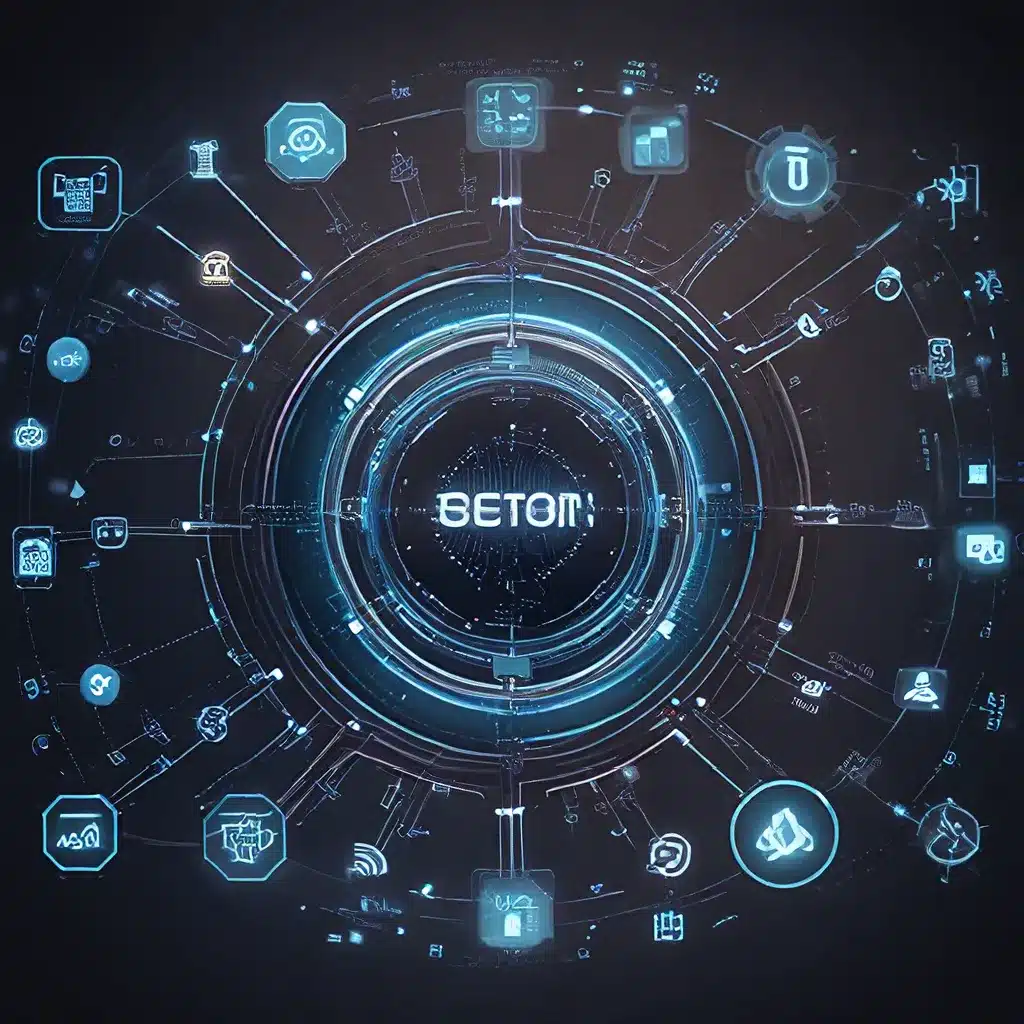
In the dynamic landscape of sensor networks and the Internet of Things (IoT), the convergence of Artificial Intelligence (AI) and IoT has emerged as a game-changer, ushering in a new era of intelligent, responsive, and efficient systems. This transformative synergy goes beyond isolated advancements, presenting a holistic approach to sensor network design and IoT applications that touches various facets of the technology, from energy management to security and beyond.
Intelligent Energy Management: Powering the Future of Sensor Networks
One of the key areas where the synergy of AI and IoT is revolutionizing sensor networks is in energy management. Predictive analytics, fueled by data from IoT sensors, allows for proactive adjustment of energy-consuming systems, ensuring optimal comfort while minimizing energy consumption.
Predictive analytics algorithms analyze historical data, weather patterns, and occupancy trends to anticipate energy needs, enabling dynamic load balancing and adaptive climate control. By constantly assessing real-time data from sensors, AI algorithms can distribute energy usage intelligently, prioritizing critical functions and optimizing efficiency during peak hours.
Moreover, AI-driven climate control systems integrated with IoT sensors bring a personalized touch to sensor network-enabled environments. These systems learn from occupants’ preferences, adapting temperature and humidity settings to individual comfort levels, resulting in a tailored and energy-efficient climate control experience that enhances user satisfaction.
Proactive Maintenance and Fault Detection: Ensuring Resilient Sensor Networks
The synergy between AI and IoT has also revolutionized the way sensor networks are maintained and monitored. Predictive maintenance models, powered by AI, analyze equipment health in real-time, identifying potential faults before they escalate. This proactive approach minimizes downtime, extends equipment lifespan, and reduces overall maintenance costs.
IoT-enabled equipment monitoring plays a crucial role in this process, providing real-time data on the performance of sensor network components. AI algorithms interpret this data to detect anomalies, enabling swift identification and resolution of issues, ensuring a resilient and fault-tolerant sensor network infrastructure.
Enhancing Security and Occupancy Insights
The integration of AI and IoT also transforms the security landscape of sensor networks. Intelligent surveillance systems, powered by AI-driven video analytics, can distinguish between normal and suspicious activities, enhancing overall security and contributing to a safer environment.
Furthermore, the collaboration between AI and IoT sensors enables anomaly detection for proactive security. By continuously monitoring sensor data for deviations from the norm, the system can trigger proactive security measures in response to potential threats, creating a robust security framework that adapts to evolving risks.
Beyond security, the synergy of AI and IoT also provides valuable occupancy insights for efficient space utilization. IoT sensors tracking occupancy patterns serve as data sources for AI algorithms, enabling adaptive space planning and user-centric resource allocation. This not only enhances the efficiency of space utilization but also contributes to improved workflows and user experiences.
Continuous Improvement and Futureproofing Sensor Networks
The integration of AI and IoT establishes a continuous learning loop for sensor network automation systems. Real-time data collected from IoT sensors fuels AI models, enabling iterative learning and ensuring that these systems evolve and adapt to changing conditions, optimizing performance over time.
This data-driven decision-making capability empowers sensor network managers with actionable insights, from optimizing energy usage to predicting equipment failures. The amalgamation of AI and IoT equips decision-makers with the information needed to make informed choices for enhanced efficiency and sustainability.
Moreover, the synergy between AI and IoT not only enhances current sensor network capabilities but also ensures scalability for future requirements. As technology continues to advance, this integration positions sensor network systems to seamlessly incorporate emerging technologies, such as augmented reality for maintenance tasks or advanced sensors for more comprehensive data collection.
Embracing the Synergy: Building the Future of Sensor Networks and IoT
The intersection of Artificial Intelligence and the Internet of Things represents a groundbreaking fusion that transcends conventional boundaries in sensor network design and IoT applications. From intelligent energy management and proactive maintenance to enhanced security and occupancy insights, the synergy of AI and IoT reshapes sensor networks into intelligent, responsive, and sustainable ecosystems.
As we navigate the future of sensor networks and IoT, embracing this synergy is not merely a technological choice but a strategic imperative. The transformative impact of AI and IoT extends beyond efficiency gains; it redefines the very essence of how sensor networks interact with their environments, providing a glimpse into a future where sensor-enabled systems are not just automated but intuitively intelligent.
In this era of unleashed synergy, the possibilities for creating smarter, more adaptive sensor networks are boundless. By harnessing the combined power of AI and IoT, the sensor network industry is poised to revolutionize building automation, industrial processes, and a wide range of other applications, paving the way for a future where sensor-driven technologies are seamlessly integrated into our everyday lives.
Explore the https://sensor-networks.org/ website to delve deeper into the cutting-edge advancements in sensor network design, IoT applications, and the transformative impact of emerging technologies.